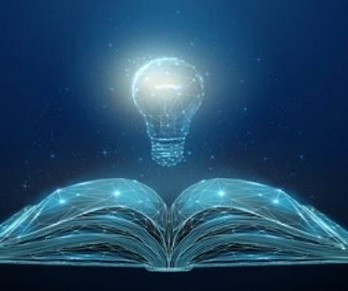Intellectual Property Rights in the Age of Artificial Intelligence: Navigating Challenges and Seizing Opportunities
IIPRD
JUNE 13, 2024
Intellectual property right The World Intellectual Property Organization coordinates the policies and national initiatives around intellectual property rights and has defined intellectual property as referring to the “unique value creation of the human intellect that results from human ingenuity, creativity, and inventiveness”.












Let's personalize your content